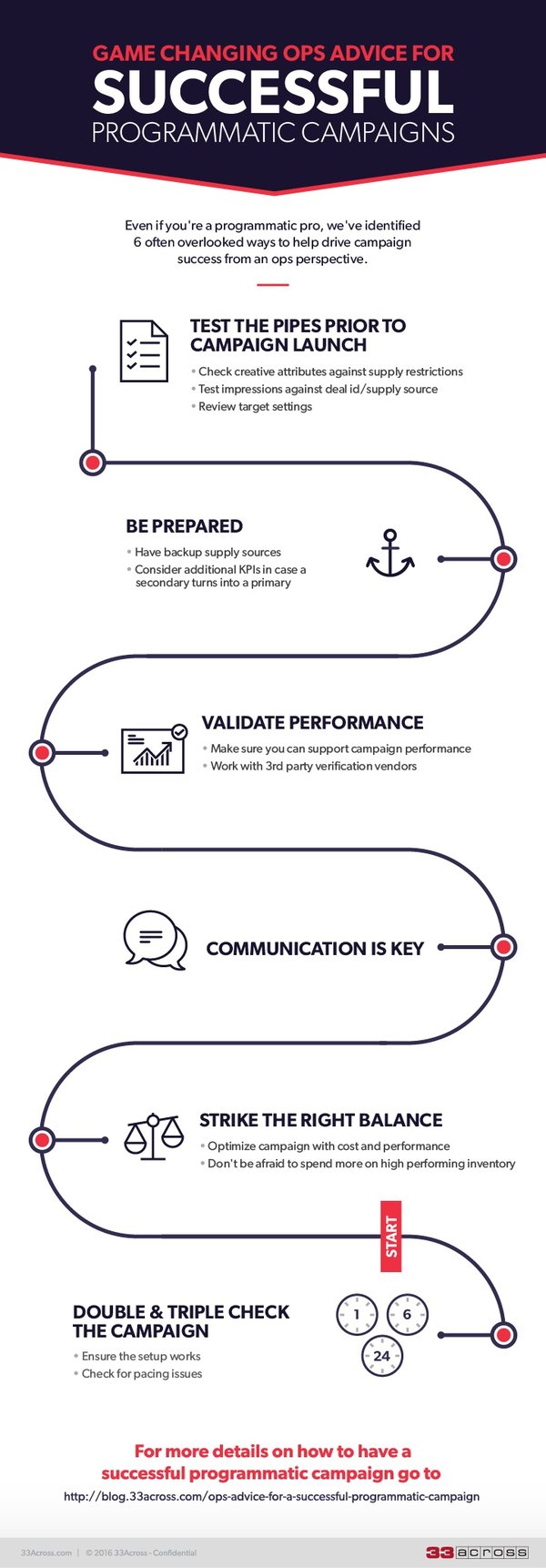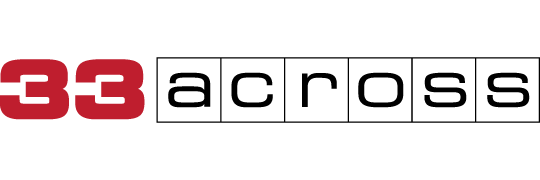How many times have you had a programmatic campaign not go exactly as planned?
Maybe there was a hiccup, a miscommunication, or just plain human error that you could have avoided. Maybe you’re a programmatic pro looking to squeeze extra value for your top clients. When utilized efficiently, programmatic buying can be your strongest method of driving performance at scale, and the experience required to master it will help to build all aspects of your ad tech acumen.
Having worked with my fair share of brands, agencies, publishers, and platforms, I’ve created this checklist of the six most often overlooked areas that can make or break the success of your programmatic campaign – all from an operations point of view. 1. Test the pipes
1. Test the pipes
Before you launch, check that the campaign lines you’ve set up properly align with your targeted supply. Specifically:
Check the creative attributes against the supply restrictions (e.g. size, technical attributes, tag type, etc.)
Test a few impressions against the deal ID/supply source to make sure both parties agree on the numbers.
Review targeting settings such as audiences, whitelists, frequency caps, and geo-restrictions to avoid conflicts.
2. Be prepared
Spoiler alert: campaigns may not always go as planned. Avoid last minute scrambles by creating backup plans. Always make sure you arrange alternate supply sources so you can quickly course correct in case your post-launch assessment goes awry.
3. Validate your performance
Stoked about high click-through rates? Make sure you’re running on highly viewable inventory – clicks on non-viewable ads are suspicious. CPA looking strong? Optimize to click-through conversions so that your attribution value is never in question
Looking for engagements? Have a third-party verification vendor to measure and validate your metrics.
4. Create transparency and strive for open communication throughout the process
Proactively open the lines of communication with all partners involved as you plan, launch and evaluate the campaign. This includes the advertiser, DSP, exchange, SSP, and publisher.
5. Strike the right balance between CPM and value
Campaign optimization is not solely about the eCPM. Balance your campaign with cost and performance for efficient results. If you require high-performing inventory, don’t be afraid to set max CPMs above your budget. While lower-cost supply is initially more attractive to the bottom line, the higher cost supply can often deliver more value to the campaign and this is what ultimately earns you renewals.
6. Post -launch assessment
After the campaign officially launches, check in at 1 hour, 6 hours, and 24 hours. Key areas that you want to pay close attention to are: the setup, whether the campaign is delivering too little or too much, and the bid rate and/or win rates. Don’t wait until it’s too late; make targeting tweaks early to avoid surprises later.
What are your best practices for programmatic success? Share them in the comments below.





